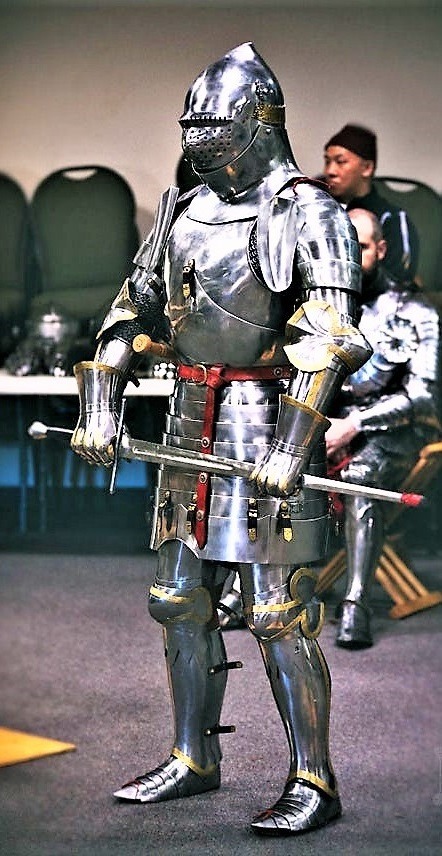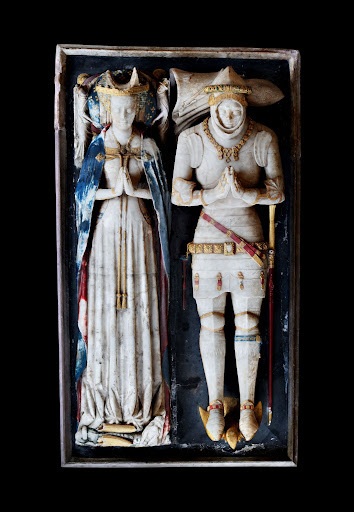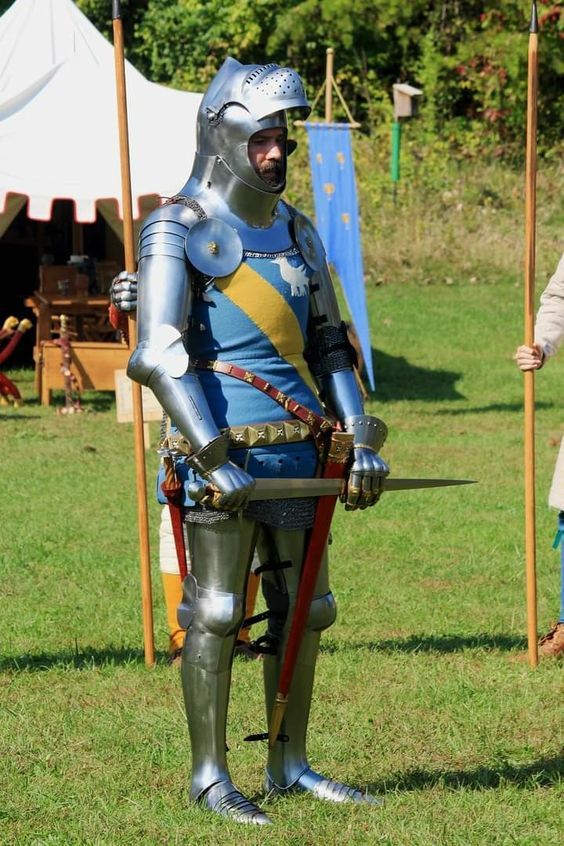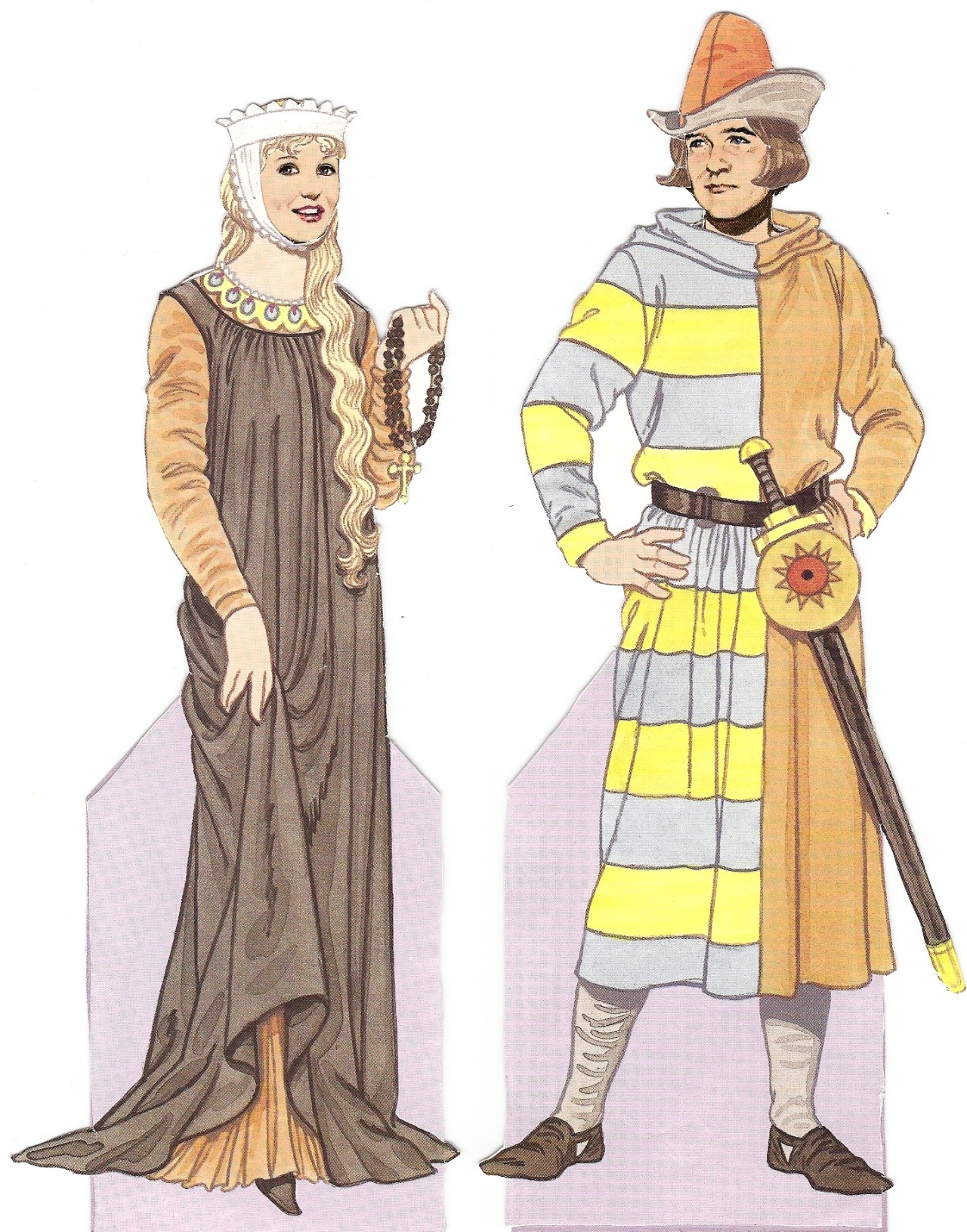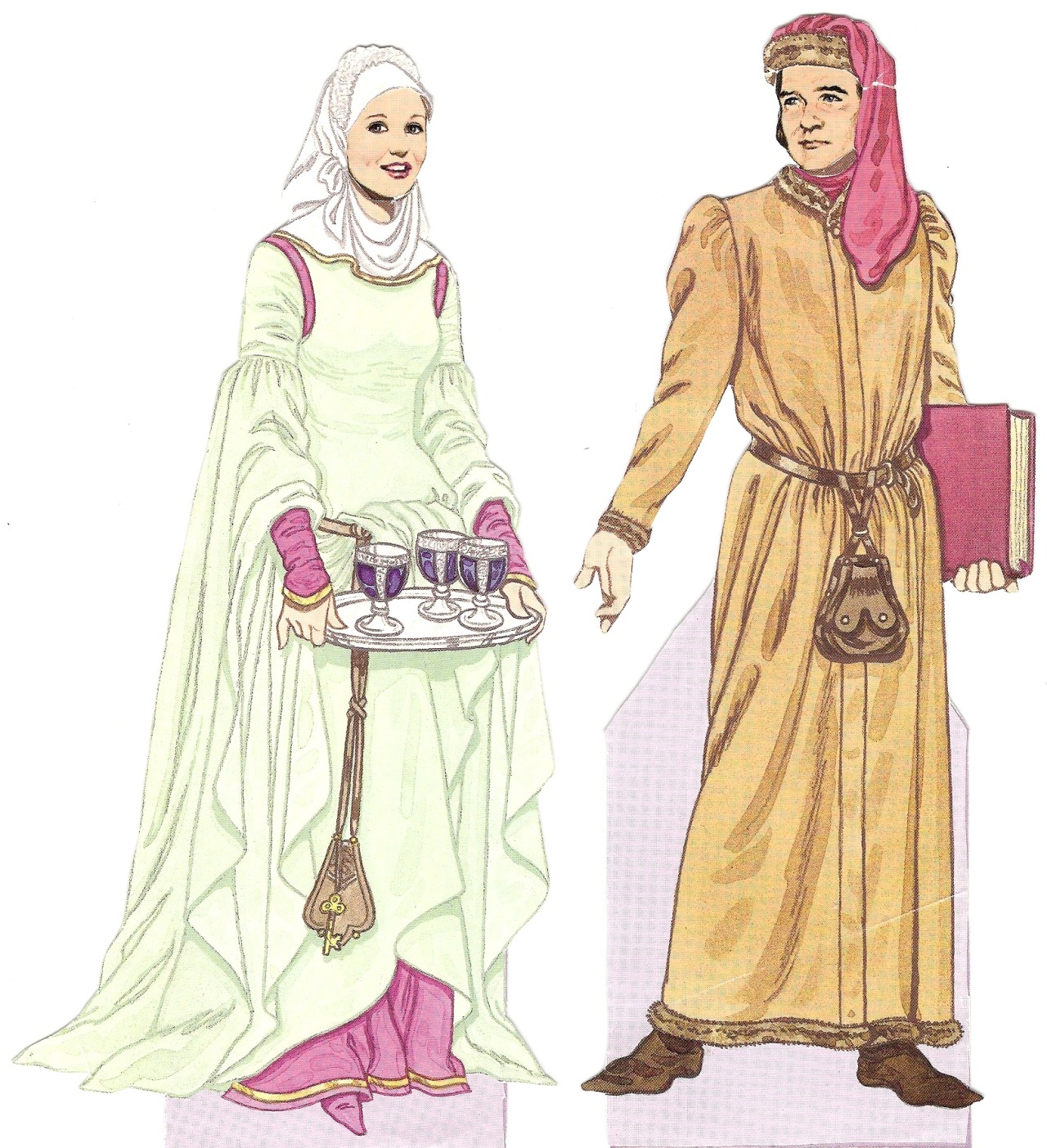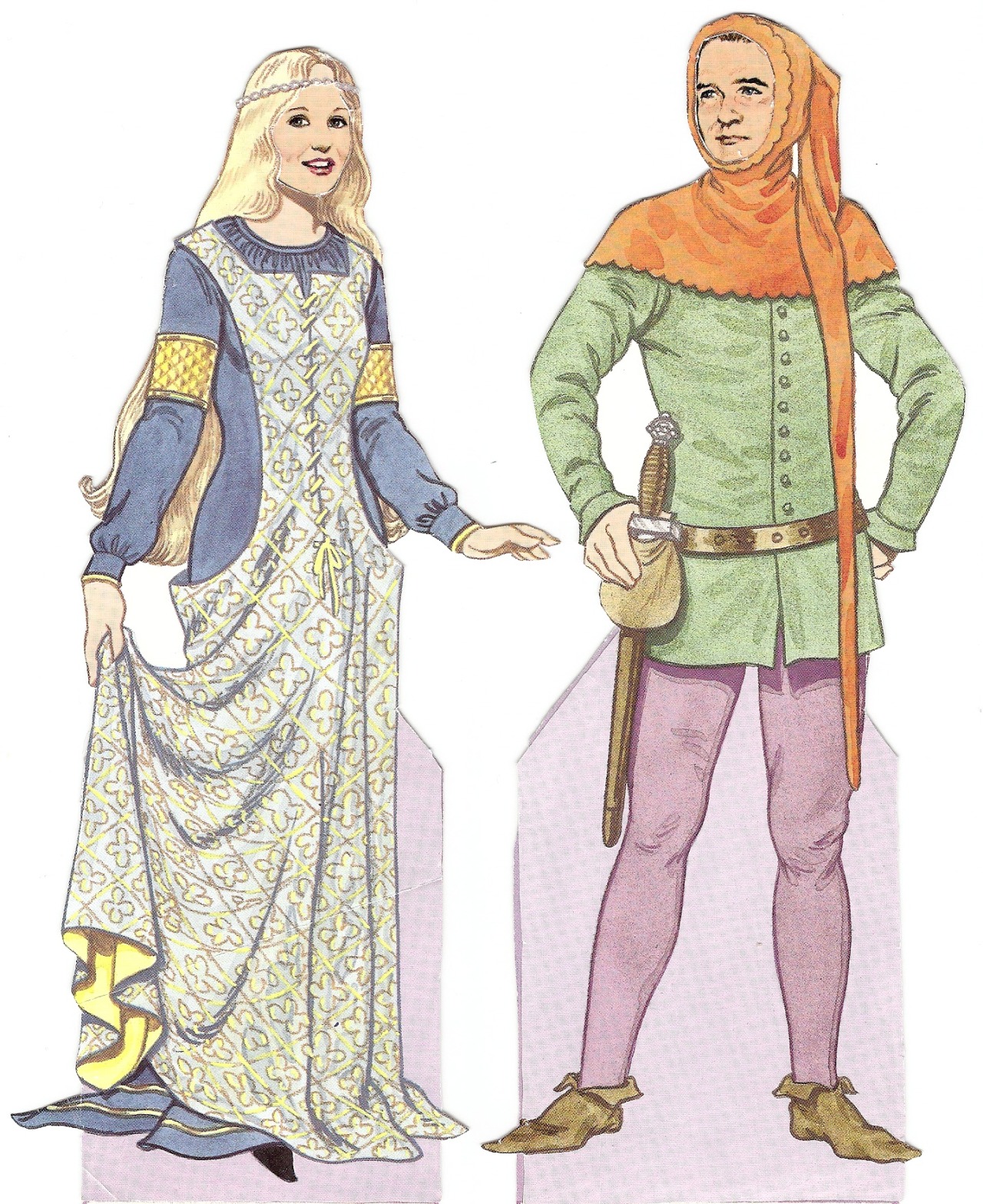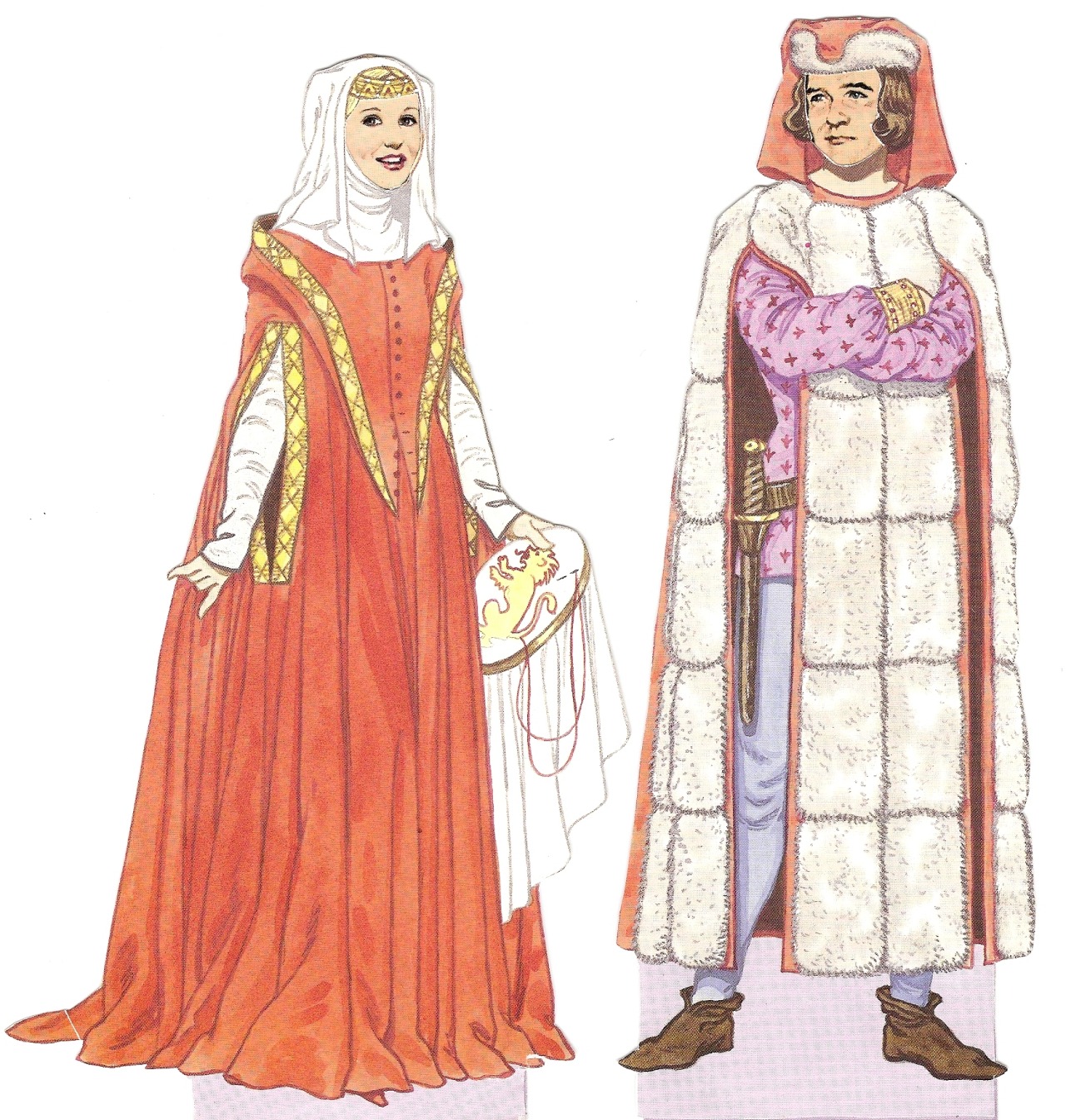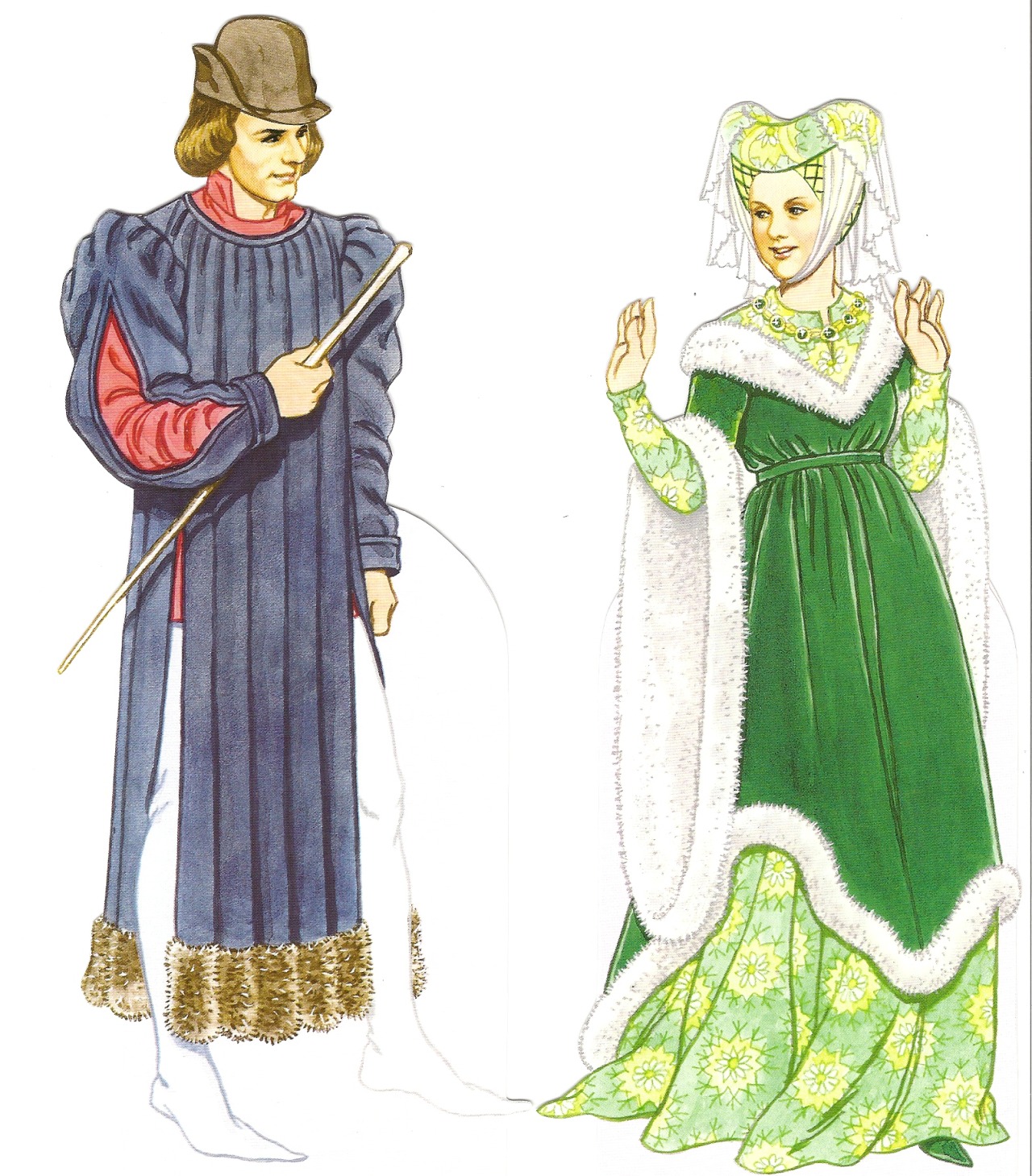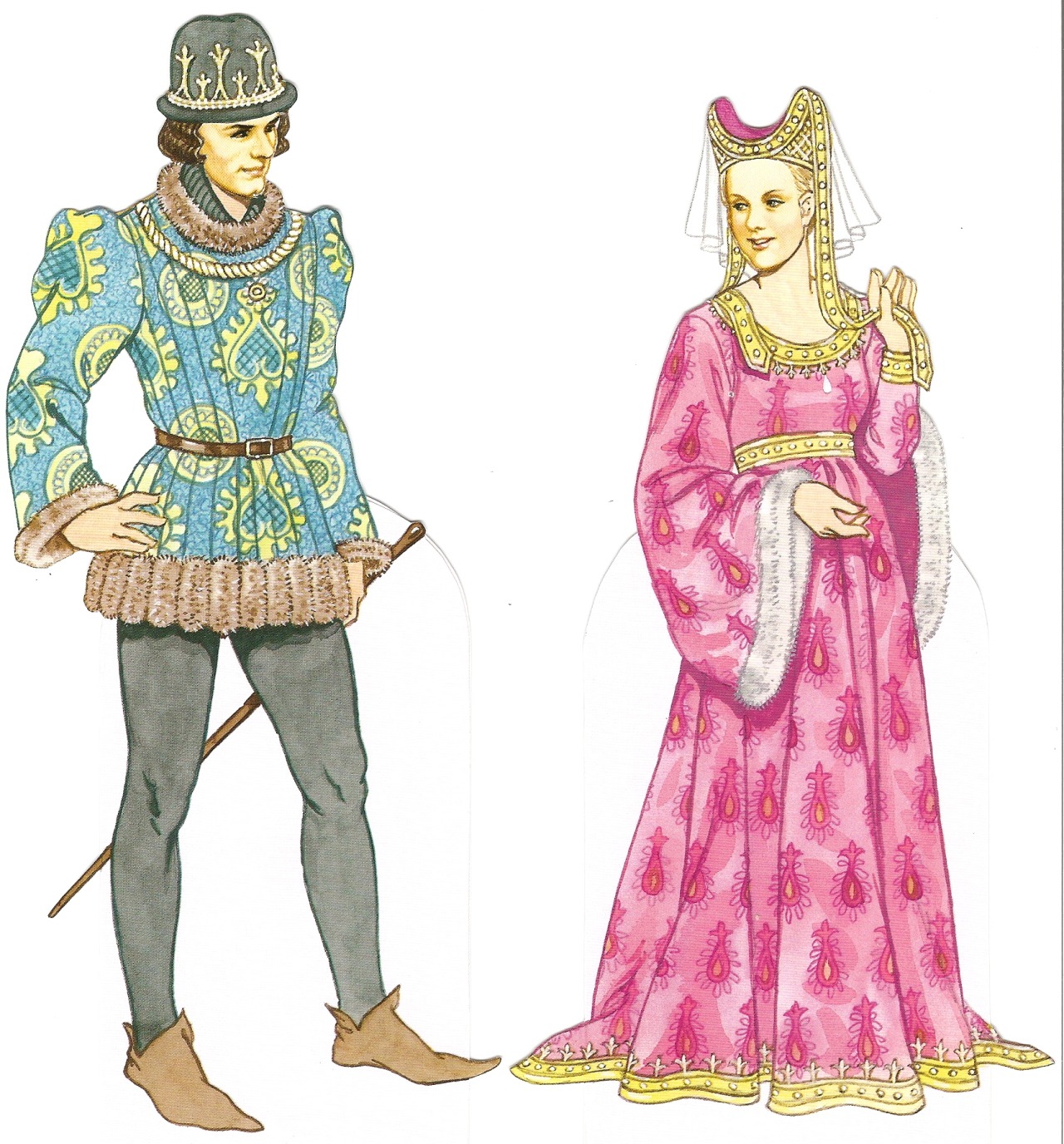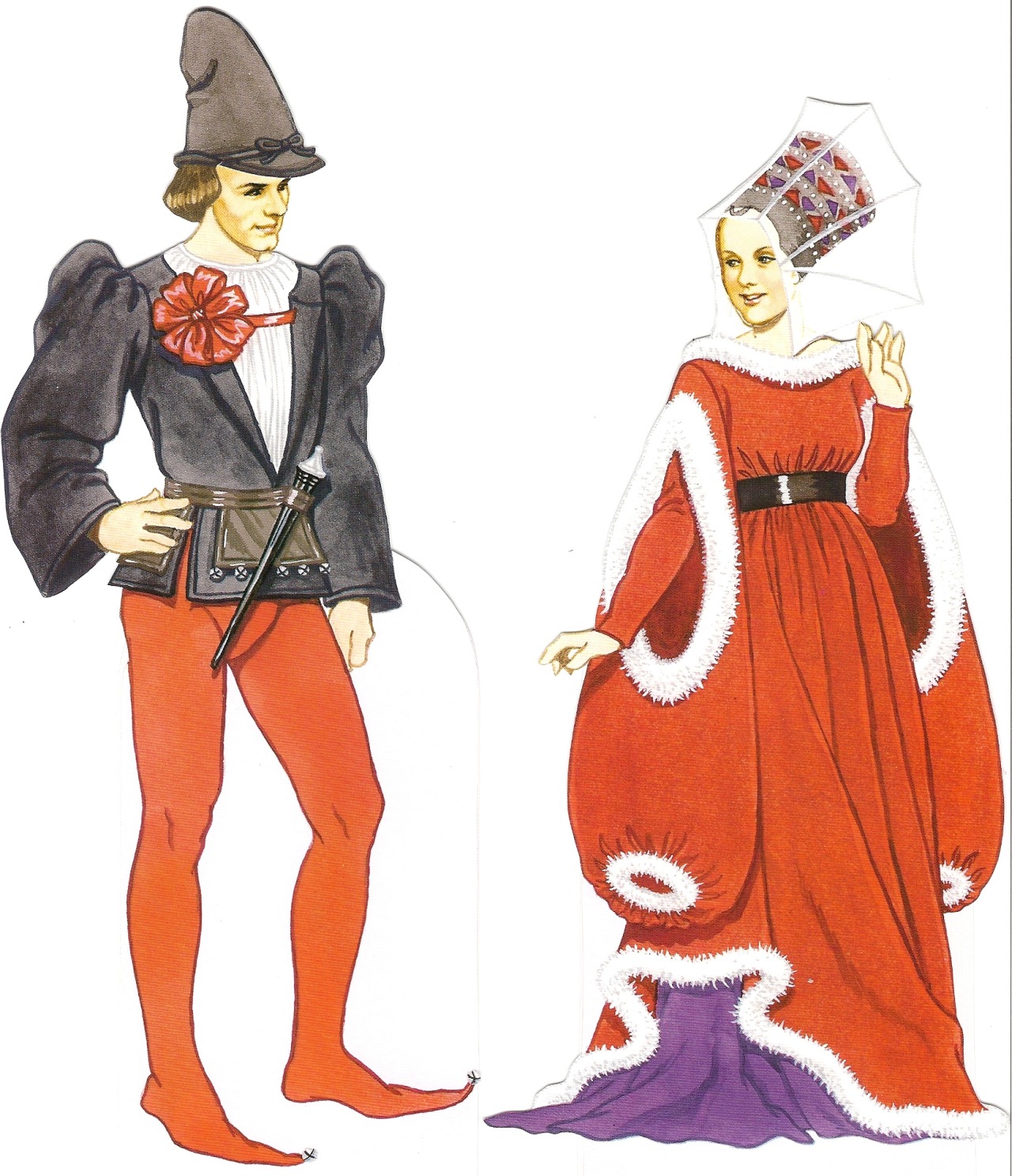Sartorial Adventure — ancientorigins: The pair of poulaine, or crakow,…
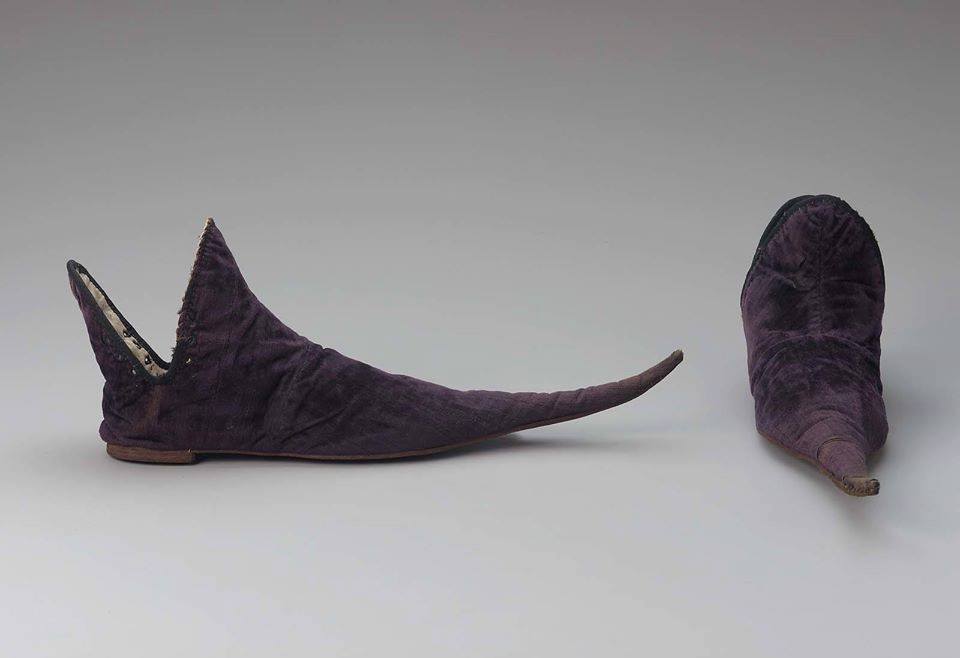
The pair of poulaine, or crakow, shoes shown below are probably from 15th century France.
Charlotte Mankey Calasibetta and Phyllis Tortora define poulaines in the Dictionary of Fashion” (2013) as being a:
“long-toed shoe of soft material- either a separate shoe or cut in one piece with the hose- introduced from Poland during reign of Richard II in England. During the 14th and 15th cs., toes of shoes became so long [and easy to trip over] that they were stuffed and fastened by gold and silver chains to bracelets below the knees. Also called copped, piked, or peaked shoe. Der. After Cracow, Poland. Later called poulaine (pooh-lane’). Also spelled poulain, pullayne.” (169)
The arrival of this fashion in England is traditionally associated with the marriage of Richard II and Anne of Bohemia in 1382. An anonymous ‘monk of Evesham’ recorded in 1394: “With this queen there came from Bohemia into England those accursed vices (English Cracowys or Pykys) half a yard in length, thus it was necessary for them to be tied to the shin with chains of silver before they could walk with them.”
However, there are indications they were worn as early as the 1360s. The author of the Eulogium Historiarum describes men of this period as wearing “points on their shoes as long as your finger that are called crakowes; more suitable as claws… for demons than as ornaments for men.”
Although there is no archaeological or medieval iconographic evidence to support the idea that the toes were ever tied up to the leg, as noted earlier, there is direct literary evidence dating from 1394 which states that this was the practice at the time these shoes were introduced into England.
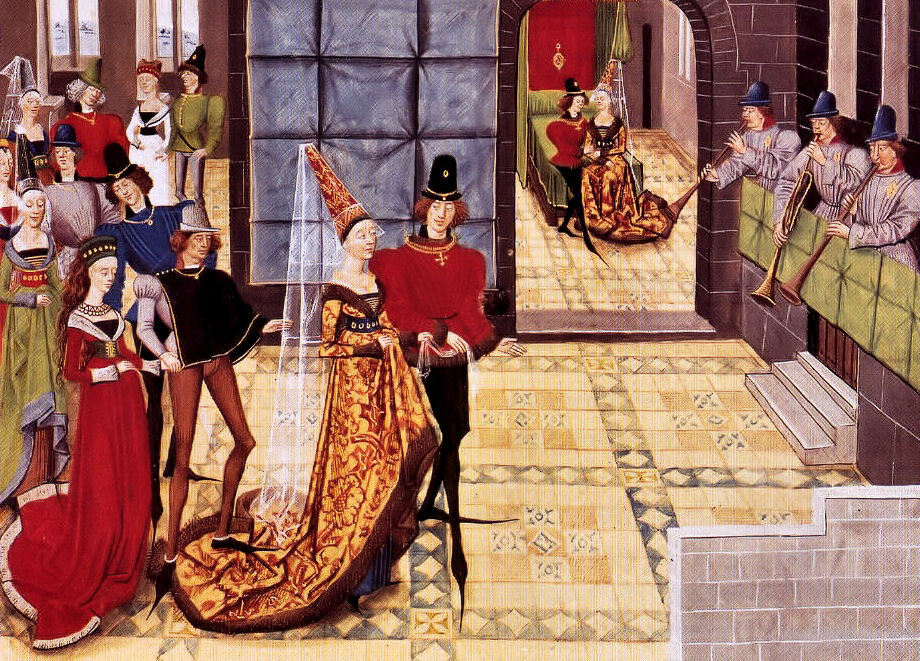
^ Loyset Liedet (Netherlandish, born 1420). The Marriage of Renaud of Mantauban and Clarisse, 1460-7. Paris: Bibliothèque de l’Arsenal, Ms.5073, f.117v.. Source: Wikimedia
There is clear evidence from the Battle of Sempach that in certain periods soldiers on campaign wore shoes with toes so long as to interfere with the wearer’s ability to run. In that battle, it became necessary for the knights of Leopold III, Duke of Austria to dismount and fight on foot, and because they did not have time to prepare for the engagement, they were forced to cut off the tips of their poulaines. The Swiss chroniclers report how a huge pile of these shoe-tips was found in a heap after the battle, and they are also depicted in the background of the battle scene in the Luzerner Schilling of 1513.
A surviving pair of sabatons belonging to Maximilian I, Holy Roman Emperor have extremely long poulaines, but they were used only on horseback, and in this case the long points were detachable from the sabatons for foot combat. The catches can be seen over the area of the big toe:
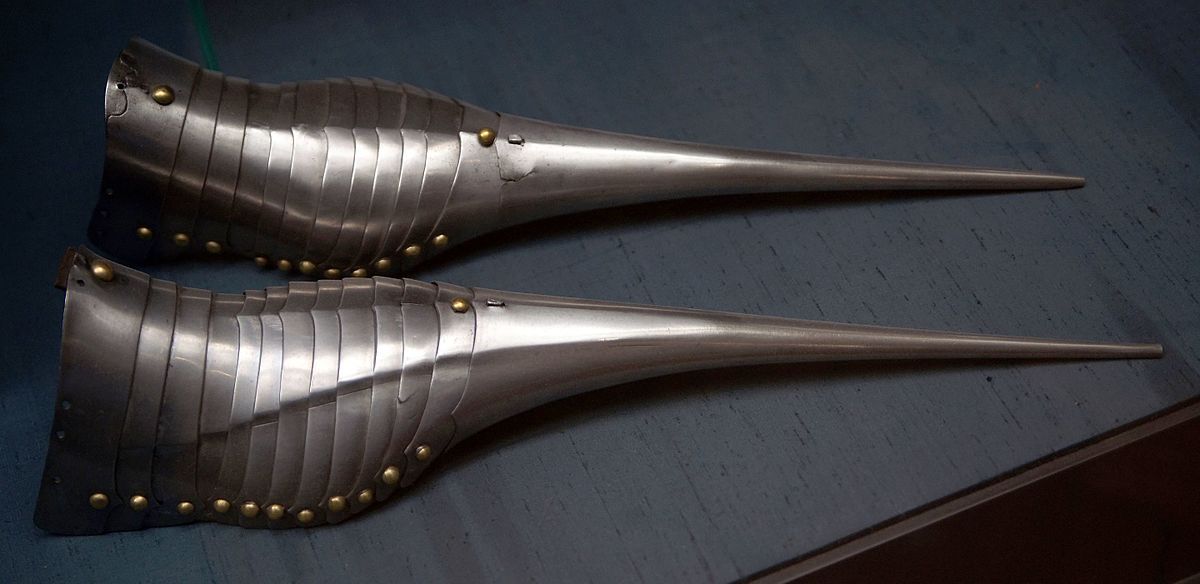
Armoured shoes of Maximilian I, 1485
See more posts like this on Tumblr#medieval#medieval fashion#shoes#men’s fashion#armor
